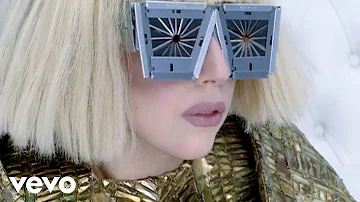Do you need a neutral for a 240V light bulb?

Do you need a neutral for a 240V light bulb?
In North America, there are a few different types of 240V loads; some need a neutral and some do not. In homes, the most common 240V appliances are dryers and stoves. These require both 120V and 240V, so they do require a neutral. This is why you can use standard 120V light bulbs in these appliances; some internal components use 120V as well.
Why do 240V circuits not require neutral conductors?
The grounded (neutral) conductor is connected to the center of the coil (center tap), which is why it provides half the voltage. Therefore, if a device requires only 240V, only two ungrounded (hot) conductors are required to supply the device.
Do you need a neutral wire for 120V?
If a device is suitable for 120V, one un-grounded (hot) conductor and one grounded (neutral) conductor are needed. In cases where the device is suitable to be operated on both 120V and 240V, then two un-grounded (hot) conductors and one grounded (neutral) conductor must be used.
Do you need a neutral wire for a 240V dryer?
Many older homes have three-conductor outlets (NEMA 10–30 and NEMA 10–50) for the dryer and stove. These outlets supply the two “hot” 240V conductors and the neutral, with no grounding conductor. The dryer or stove case is bonded to the neutral. This practi














